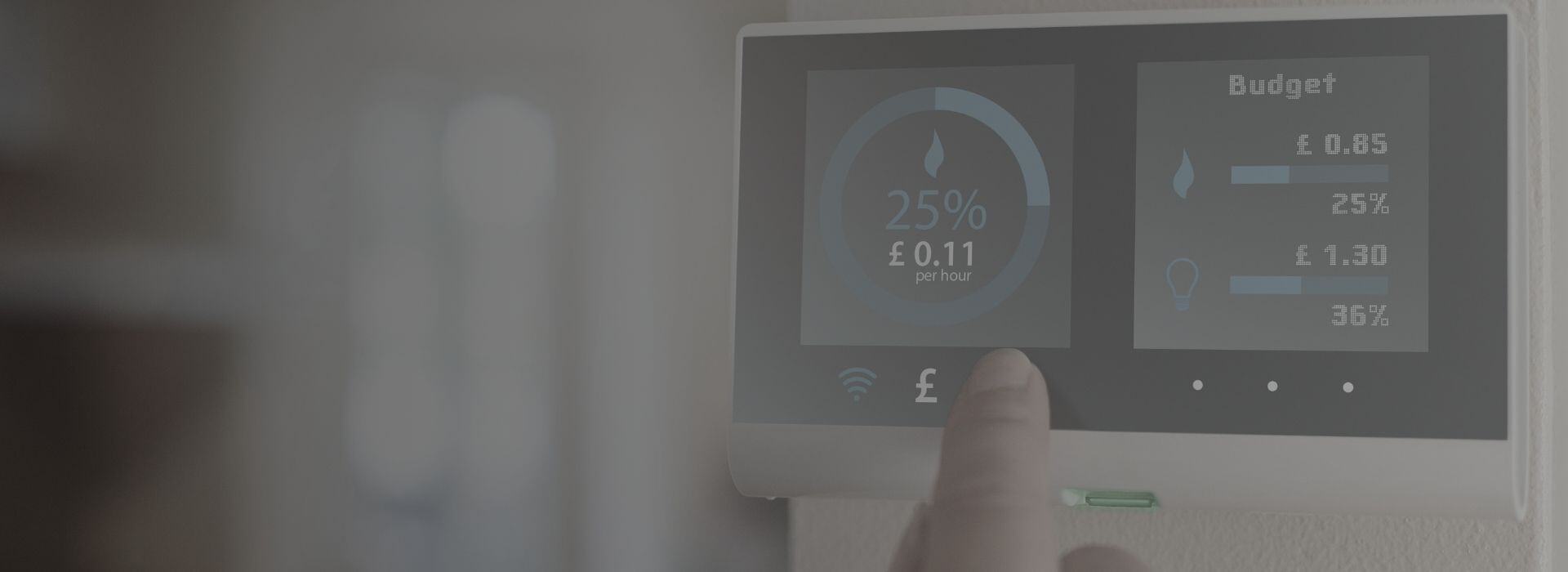We have all been thinking about sustainability recently. It's a topic we encounter everywhere as it is critical to our future as individuals, families, organisations and society. We try to understand what it means to the way we live, how we do business, how we consume services and products and how we apply sustainable approaches in making changes. But what are the implications of supporting a sustainable approach to programme delivery, and are there any practical steps to achieve this?
What Is Sustainability In A Programme Delivery Context, And Why Does It Matter?
Organisations understand the importance of sustainability and have a good view of the business model changes needed to reduce emissions, reduce their environmental footprints and conserve resources. However, they need projects and programmes of work to realign critical products, processes and tech infrastructure to meet sustainability commitments and underpin new value streams, as well as to build the culture and workforce needed to drive the sustainability agenda.
It would be reasonable to expect that an organisation’s sustainability goals extend to the management of change and the execution of projects and programmes, as well as the opportunity to appeal to the sustainable customer, or growing markets for lower carbon alternatives. The scale and cost of resources consumed by projects is often underestimated.
For example, in the year 2021-22, the UK Government’s Major Projects Portfolio consists of 235 projects with a whole life cost of £678bn. Government contracting authorities have been told to set out strategies and plans for achieving net zero greenhouse gas (GHG) emissions by, or ahead of, 2050 and that they should be aligned under an overarching sustainability framework to ensure their projects and programmes deliver on the targets set. Project-level decisions are being influenced by data-driven insights about the built and natural environments and the services they support and, importantly, from prioritised social outcomes based on the UN Sustainable Development Goals.

The application of these sustainability goals is less obvious in the delivery approach for project types where natural resources are not directly utilised or impacted, such as Information and Communications Technology (ICT), and Transformation and Service Delivery - a total of 120 UK Government projects and at a cost of £165bn. The project outcomes will no doubt factor in the Government’s net zero policy, but meeting the sustainability targets, getting a true measure of carbon impact, and knowing that the changes you make in spending £165bn are having a positive effect will be far more difficult. Impact extends beyond resource usage and into embodied carbon in hardware, lack of disclosure of cloud service providers and data centres – improving resource efficiency doesn't always equal carbon saves if energy intensive tooling used.
A very different picture emerges from the private sector. According to the 2022 Nash Squared Digital Leadership Report (a survey of 1,785 digital leaders across 82 countries), on average less than half of organisations think that technology has a big part to play in sustainability, and only 22% are using tech to measure their carbon footprint, let alone consideration of the impact of resources used in project delivery on sustainability targets.
How Can We Be Sure That Sustainability Targets and Measures Apply To These Significant But Finite Ventures In The Public And Private Sectors?
Organisations need to develop a pervasive culture that brings the sustainability agenda to life in their project and programme management behaviours. This allows proper consideration of the constraints and helps identify what can be prioritised to meet the organisation’s sustainability goals and targets. The information identified by impact analysis and prioritisation is critical to the success of the project and programme, but that success is only achieved when the information is available and shared with stakeholders, decision groups and the project or programme team, and is routinely refreshed and reassessed.
What’s missing from the existing approaches that assess and define a programme of work or project?
- Organisations must develop a culture of sponsorship and accountability for sustainability priorities in project and programme delivery.
- Sustainability targets and outcomes must be planned into projects and programmes, not as a ‘nice to have’ but essential deliverables. For example, targets relating to the utilisation of human resources, IT and physical assets, internal and external services – these are especially relevant to new tech capabilities and organisation transformation.
The Association for Project Management (APM) believes sustainability involves balancing different concerns: environment, such as climate change; society, such as community; economy, such as affordability; and administration, such as health and safety. It suggests that when these four elements are considered, we can build sustainability into projects and it recommends that project professionals take responsibility to ensure that their work minimises, or ideally positively affects, ongoing sustainability. Similarly, the Project Management Institute (PMI) provides various approaches to incorporating sustainability into projects, from quick guides to goal setting frameworks.
The most important element that’s typically missing from project delivery is responsibility for sustainability – making the project accountable for its impact and taking steps to a have a positive influence. These accountabilities should be defined during the early planning and discovery phases and considered alongside the constraint analysis and initial priority setting as discussed above. Sustainability is no longer an add-on to be addressed when issues arise, but a key responsibility for the project team and must have the right measures and metrics to check performance against agreed targets. Accountabilities should also be considered in terms of project handover and benefits measurement.
The 17 goals of UN Sustainable Development point to the values and behaviours that need to be considered. Already utilised in large scale UK government infrastructure projects, they can be a reference for any project wanting to contribute to sustainability. A simple Project/Programme checklist can be created in which each of the 17 goals is assessed as appropriate and the results incorporated into the project delivery accountabilities. For example, Goal 12 on Responsible Consumption and Production references electronic waste, which has grown by 38% but less than 20% is recycled. It makes us think about how we buy and utilise equipment, how our procurement strategy deals with that issue, and how we could exercise pressure on suppliers to adopt sustainable practices.
The BJSS Programme Sustainability Canvas aligns with the 17 UN Sustainable Development goals and the critical success factors for sustainability improvement - driving accountability and focus through clear objectives, building in agility to adjust course and testing ideas early to inform direction.
Given these success factors, our approach to delivering and scaling sustainable business solutions focusses on delivering meaningful, sustainable change using innovation, creativity, and the application of green software and design principles to stop complexity, information gaps and uncertainty limiting progress.
To learn more about BJSS’ Sustainability by Design framework





